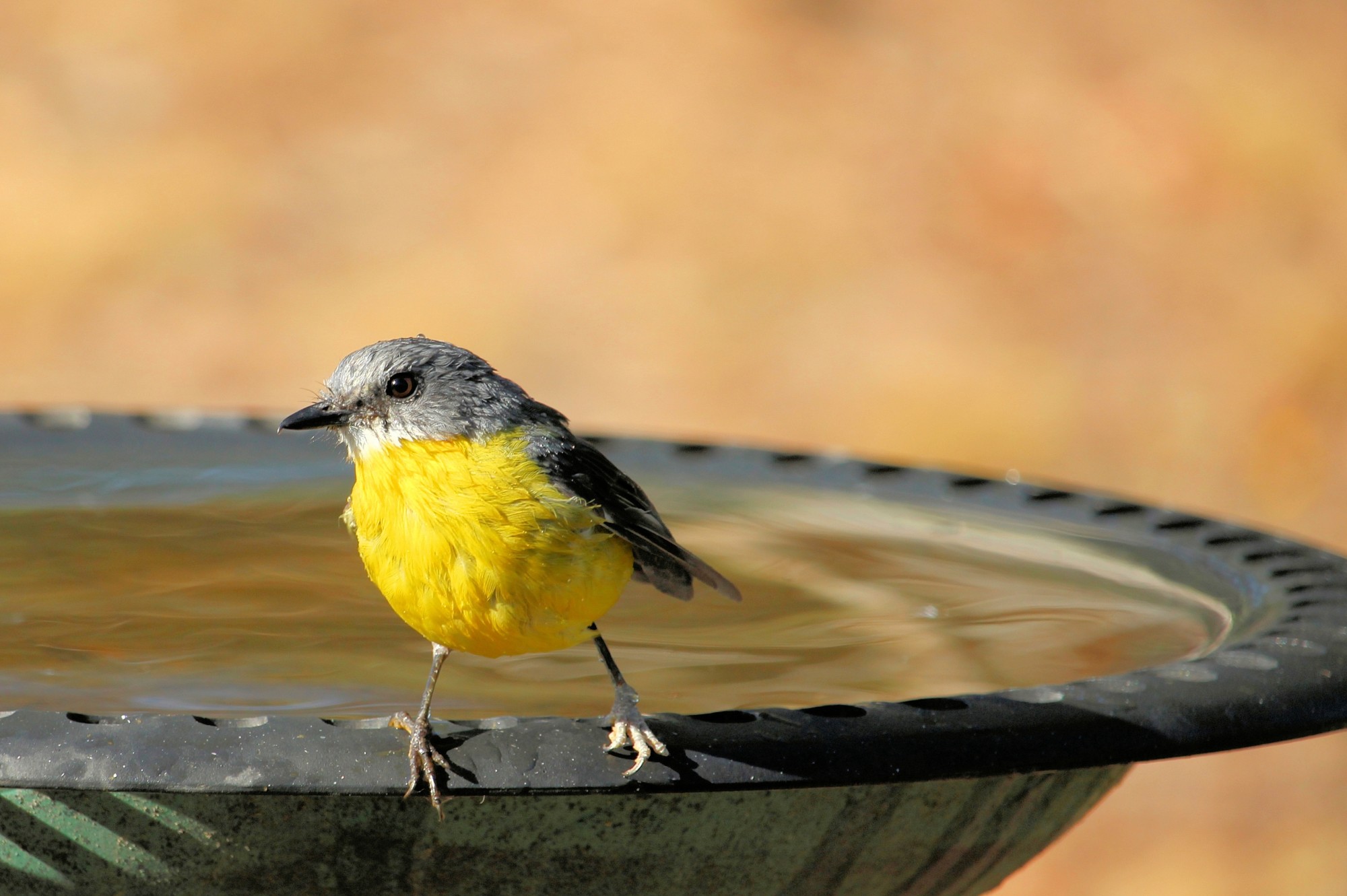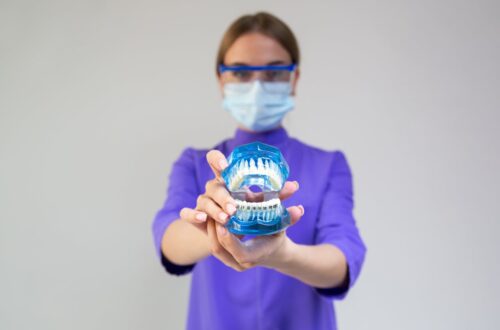Before I went to sleep, my mother always used to say, “Sleep tight, don’t let the bed bugs bite…” As a child it was endearing, but as an adult, the thought of having bed bugs in your home is not a pleasant one!
If you are reading this, you might be wondering if bed bugs have taken over your home. Bed bugs can cause a lot of anxiety and frustration in the household. If bed bug bites start appearing on your body, it is time to take action.
The following signs will help you identify whether bed bugs are living in your home:
1. Bed Bug Bites On Your Body
Bed bugs feed by piercing the skin and feeding on blood, often in areas such as the face, neck, arms, and hands. You might also notice a line of small raised bumps that are red and itchy. This is known as bed bug dermatitis.
Bed bug bites will show up two to five days after you suffered a bite but can happen sooner if you have an allergic reaction. There is no effective treatment for bed bug bite reactions, so it’s important not to scratch them because this can lead to infection.
If bed bugs live in your home, bed bug bites will probably show up on your body, which is a strong indicator of their presence. You should reach out to a pest exterminator like Custom Bed Bug immediately.
2. Fecal Spots
In bed bug-infested homes, fecal spots will be on bedding and mattresses. These small clear or black dots are likely dried up bed bug feces.
You can see these dark spots if you lift your mattress to check for bed bugs. They might also be found behind furniture near a wall or floorboard where bed bugs nest. If there is an accumulation of fecal spots in one area, this suggests that bed bugs have been feeding in this location.
3. Blood Stains On Your Sheets
Bed bugs will feed on you while you are sleeping, and the bedding can show evidence of this.
When bed bugs bite, they inject their saliva into your skin, so when they move away to digest it, blood is left behind, which stains mattresses or bed sheets red. These stains may be difficult to notice because bed bug bites often don’t cause any pain or reaction in humans until the next day. But if there are many small dots that look like tiny water droplets on bed linens, this could be a sign that bed bugs have fed there at some point.
A few drops of blood here and there might not seem significant, but with several spots close together, these marks can indicate an infestation as bed bugs will often feed in the same bedding area.
4. Do You Have a Scent of Coriander?
Bed bug bites often produce a sweet, musty smell that resembles coriander. One of the bed bugs’ favorite places to hide is in crevices and cracks. When bed bugs sense light or are startled by a sudden noise, they release this scent which also helps them find each other for mating purposes.
If you have bed bugs living with you, chances are the house will be filled with this odor. It’s produced when bed bugs feed on your skin and as soon as they shed their skins. Persistent smells such as these could indicate an infestation.
However, people do not smell bed bugs the same way. Some bed bug victims might not detect this scent, while others can.
This is a difficult sign to identify as it relies on you being able to smell the bed bug’s coriander-like odor, which isn’t always present and usually only happens when bed bugs are feeding or shedding their skin.
5. Bed Bug Shells
Bed bug shells will be located around bed areas. These white, yellowish-brown, or dark brown eggs are bed bugs’ skin that has been shed.
When bed bugs hatch from these egg sacs, the shell remains behind in their hiding place — usually mattress seams or creases, bedding folds, or cracks on furniture near walls.
If there is an accumulation of empty shells in one area, it could indicate bed bug activity as this is where they like to lay their eggs.
6. Seeing Live Bed Bugs
Although bed bugs are often tiny and difficult to see, if you do spot one or two bed bugs on your mattress or bedding, it might be a sign of an infestation.
Bed bug sighting is usually not common unless there’s already an established infestation going on. But when they’re spotted, this can indicate that bed bugs have been around for some time because their life cycle from egg to full-grown adult takes at least six weeks.
7. Lack of Sleep
A lack of sleep is a common sign of bed bug infestation. But it’s not always present as some people don’t react to bed bug saliva injected into the skin. Others don’t even notice when bed bugs enter their home since they tend to be nocturnal creatures.
But if there are other signs such as spotting on sheets, fecal matter accumulation, bites marks from scratching at night — all these things can lead to insomnia due to anxiety over the thought of bed bugs in your house.
8. Irritation
Bed bugs can cause skin irritation and itching. This is because bed bug saliva contains proteins that trigger a reaction in humans.
If you’ve got bed bugs, you might experience this as red welts or hives on your skin, followed by intense itchiness. You may also have swollen lymph nodes (glands) when bed bugs feed near the groin area, though not everyone feels these effects.
Watch Out for These Bed Bugs Signs
Bed bugs can be a difficult pest to identify, and there’s no single sign that confirms an infestation. But the more of these signs of bed bugs you find in your home, the higher the possibility they may be present.
Did you find this article helpful? Keep reading our posts for more interesting topics.






